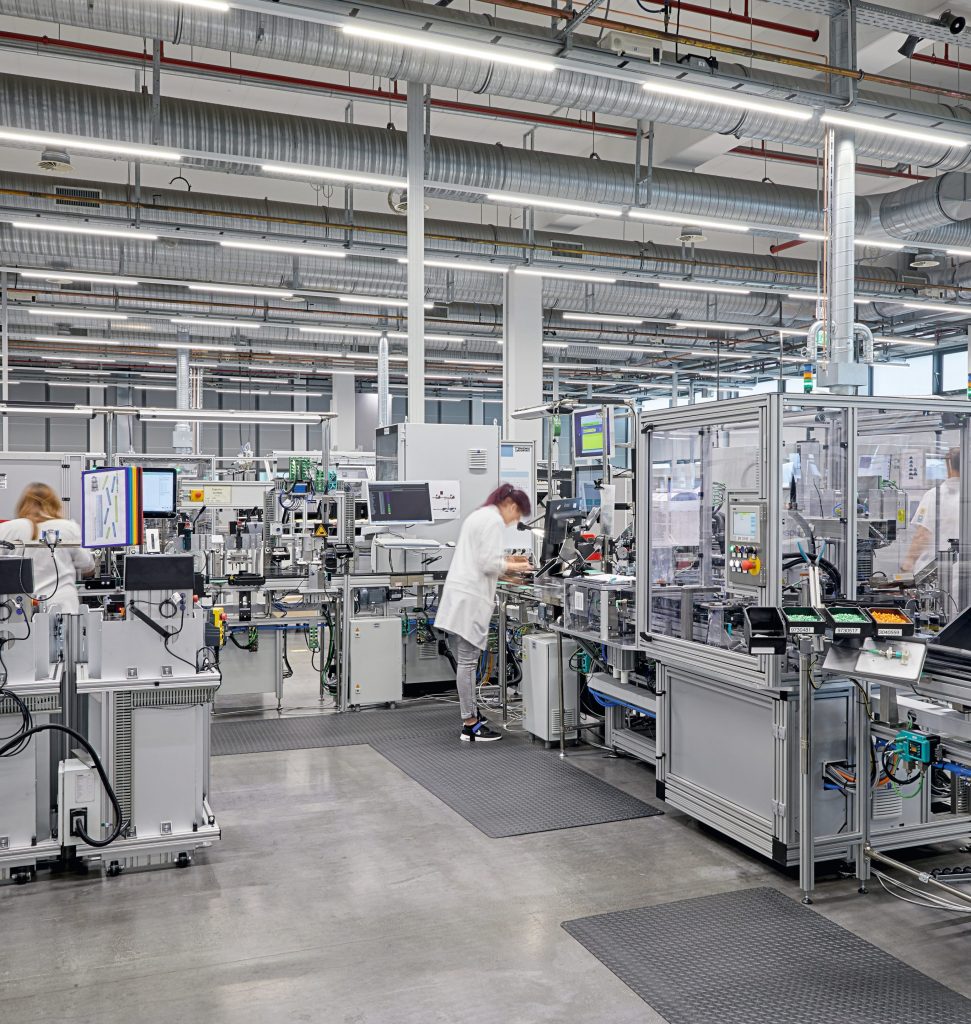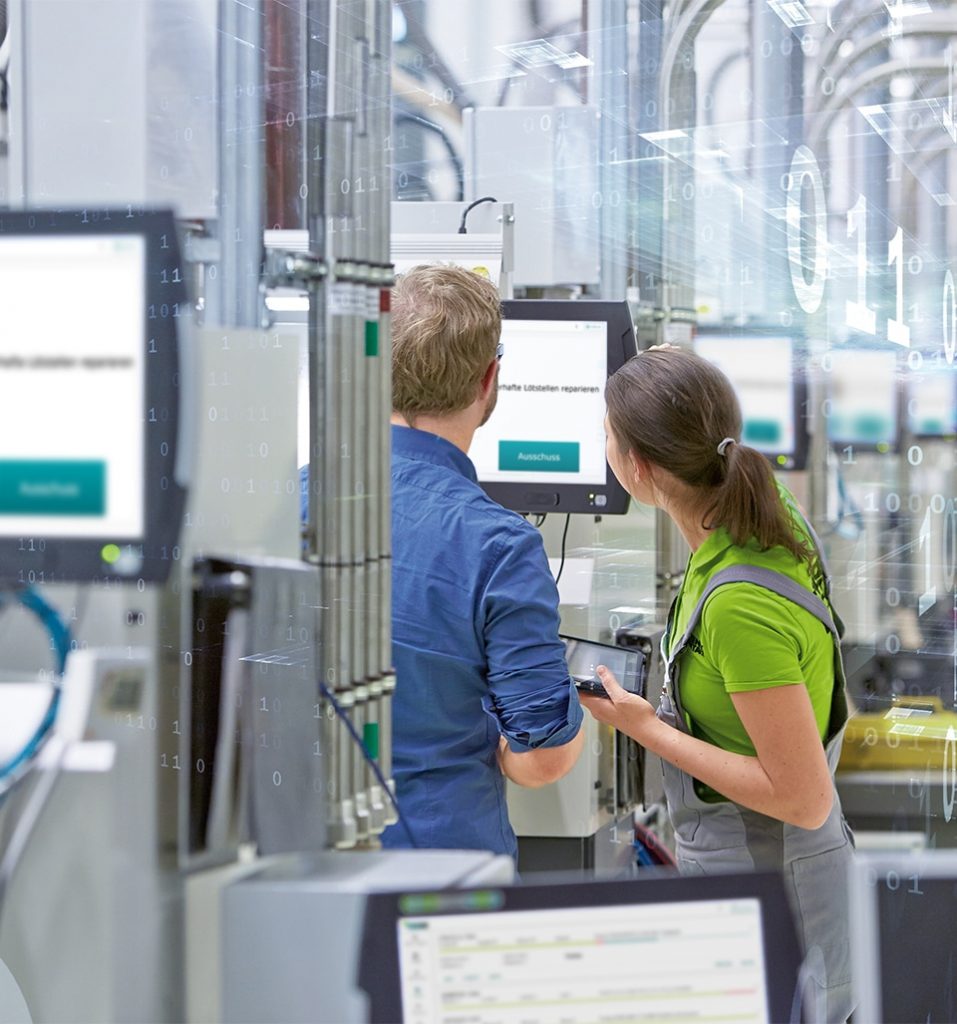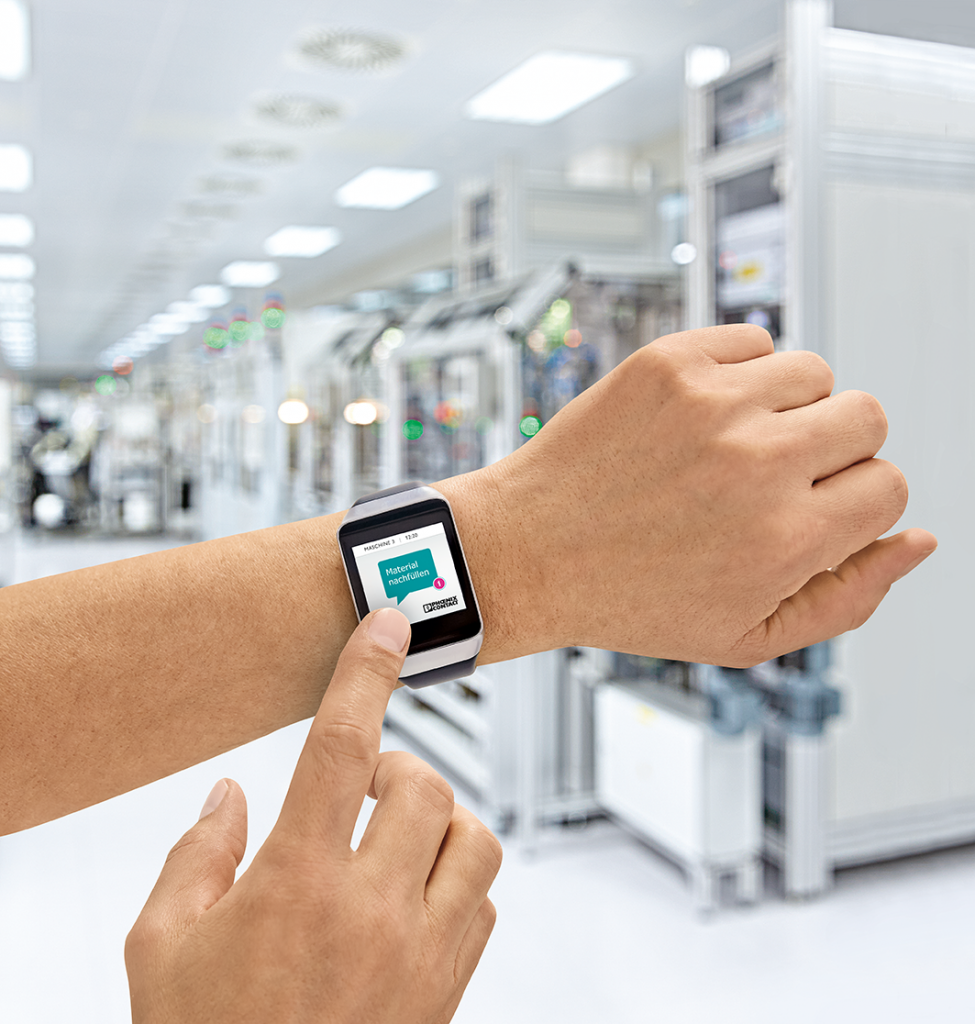End-to-end safety from the sensor/actuator to the controller
IO-Link technology has become crucial in machine and system integration due to its ability to enhance data collection from sensors and actuators. In 2021, over 6.3 million IO-Link devices were installed, totaling more than 27 million to date. However, while IO-Link offers benefits, it previously lacked a safety solution for integrating safe sensors and actuators. The release of IO-Link Safety expansion V1.1.3 in March 2022 addresses this by allowing the use of IO-Link Safety masters and devices for a standardized and integrated solution in automation systems.
Manufacturer-independent use of IO-Link Safety devices
Since 2016, automation has witnessed safety-over-IO-Link solutions dominated by manufacturers, which deviate from IO-Link’s core principles. For instance, PROFIsafe-over-IO-Link devices are limited to matching masters and the PROFIsafe system. In contrast, IO-Link Safety offers benefits like network independence, standardized connections, configuration via IODD, and interchangeable devices. It’s versatile, as IO-Link Safety devices, following specifications, can be used with any manufacturer’s IO-Link Safety master, giving users flexibility in device selection.
Flexible use of the IO-Link Safety master even for the standard IO-Link
IO-Link Safety solutions provide flexibility with the master functioning in classic IO-Link mode. Future developments may enable mixed operation for additional information transmission, especially useful in complex control units. This emerging standard envisions a single device combining IO-Link and IO-Link Safety, simplifying functions and data transmission through the IO-Link Safety master. This concept is expected to expand to devices like light grids, laser scanners, and IO-Link Safety hubs, offering similar advantages.
Various configuration options for the IO-Link Safety ports
The IO-Link Safety system expansion offers extensive configuration options for each IO-link safety port through “Feature Levels.” These ports can handle safe and non-safe digital signals with modes like IO-Link, IO-Link Safety, and a mixed mode, enhancing flexibility. For instance, users can configure a Class A port to support IO-Link, IO-Link Safety, or both, Digital output (DO), and Two-channel safe digital input (FS-DI). The system expansion also includes Class B ports that will supply higher current to IO-Link devices in the future. This standard enables a smooth migration of existing safety solutions in the field and ensures a future-proof approach for implementing their digitalization strategies.
Easy parameterization with IODD
Introducing the new IO-Link Safety standard has integrated functional safety into the benefits associated with IO-Link technology. Users can easily configure parameters using IODD, and they can align device replacement with IO-Link’s core advantages. IO-Link Safety is emerging as a crucial element in connecting sensors and actuators to the control level in machine building. Multiple suppliers are expected to introduce IO-Link Safety masters and devices in 2023. Ultimately, this standard offers a manufacturer-independent pathway for users in the realm of machine and plant digitalization.
Find out more about IO-Link here.
Find out more on our website.




































